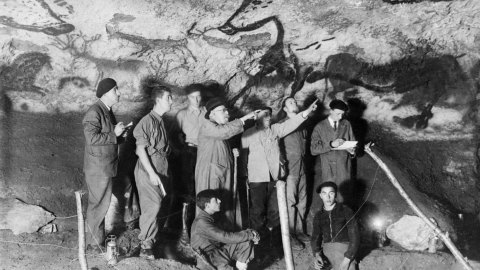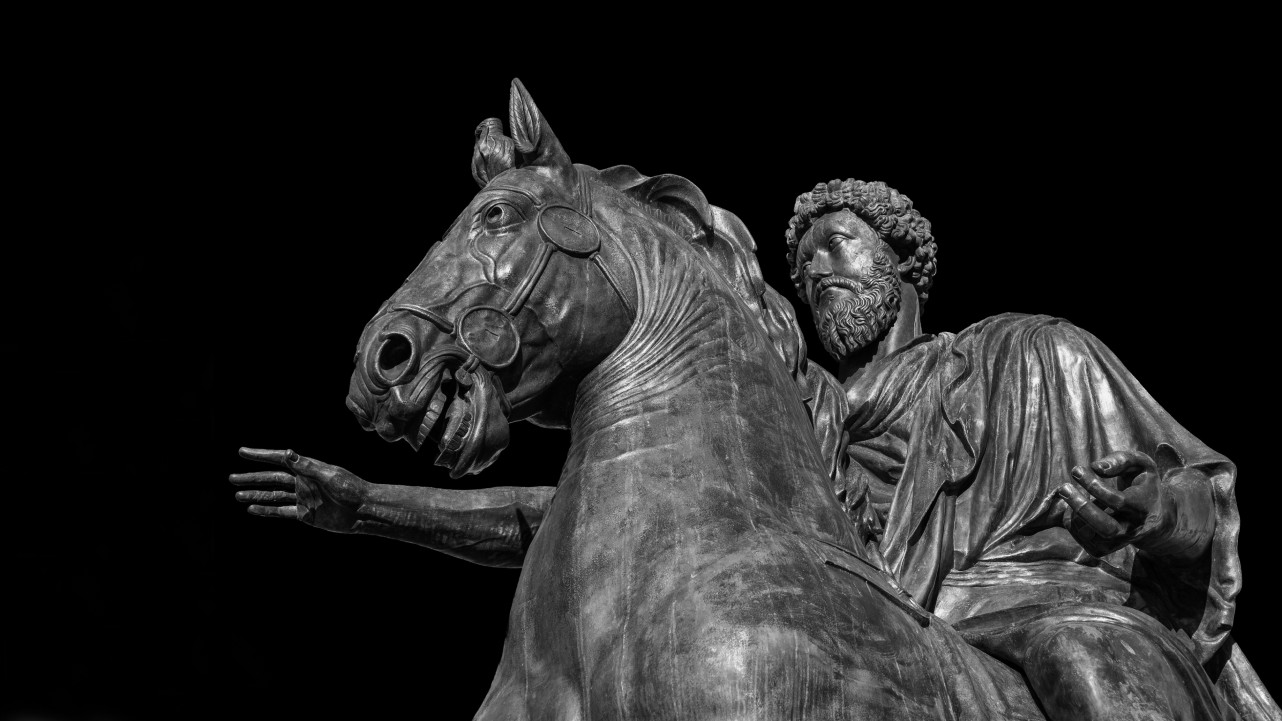The Cognitive Origins of Religion

To understand the human brain we often turn to neuroscientists and psychologists. Two decades ago, Professor of Archaeology Steven Mithen decided to explore the origins of our nervous system (and much more) through his field of study. Besides popularizing the term ‘cognitive fluidity,’ in his landmark book, The Prehistory of the Mind: The Cognitive Origins of Art, Religion, and Science, Mithen speculated on exactly how primates evolved to the current iteration of the brain.
Mithen believes three major phases occurred to get from primate to modern humans. In Phase One, our ancestors exhibited general intelligence: I know the river floods when the sun is at that arc in the sky. I realize that deer migrate at this point of the season.
Proto-humans developed specialized intelligence in Phase Two. Instead of having a general working knowledge of how to survive, I can now craft one tool for one purpose. I’m starting to manipulate my surroundings in new ways to get an advantage over my environment.
An explosion occurs in Phase Three. Now I’m able to not only work in multiple specialized domains, I can integrate them. Mithen writes that this is where the metaphor appears—recognizing that something is ‘like’ something else thanks to neuronal cross-connections. This is where language begins: the ability to communicate ideas to another that inherently requires abstract thought. As he writes,
People do not talk about grammar for its own sake.
A chair could now be something to sit on or the head of a department, even a yoga posture. The ability to fly implies being airborne, though a fly is an annoying insect, as well as something men are reminded to close. And so on. This might sound simplistic now, but for our primate ancestors this connecting of metaphorical dots afforded us a communication system previously unknown to any animal. He continues,
When thoughts originating in different domains can engage together, the result is an almost limitless capacity for imagination.
This imagination is the heart of cognitive fluidity, seeing parallels between seemingly unrelated domains: the merging of general intelligence, social intelligence, natural history intelligence, and technical intelligence.
During the Upper Paleolithic era our ancestors began using rudimentary tools for multiple purposes: a hammer can break open shells, but it can also crack your enemy’s head. Art is one such tool, used for “storing information and for helping to retrieve information stored in the mind.”
Art became a record for future generations. This was the first opportunity for such information to be passed down without oral instruction. Many such drawings were of animals. Mithen borrows from famed anthropologist Claude Lévi-Strauss, who felt that totemism is “the practice of humanity brooding on itself and its place in nature.”
It was this mindset that led to religion. The collapse between barriers of the human mind during the Upper Paleolithic resulted in a number of unique and new ideologies, including:
It was critical that these supernatural beings share certain features with humans; if they did not the mind would not be able to understand it. These developments might have started fifty thousand years ago, but we still witness evidence of them in many belief systems today. All three are constantly recycled and popularized in books and movies, and provide the foundation for the world’s religions and cults.
Crossing cognitive domains seems natural to us because the process has been embedded in our genes for so long. This is also why religion ‘feels right’ to many humans. Factual evidence will do nothing to sway the force of tens of thousands of years of perception, however faulty that perception might be.
Whatever your feelings on religion—I know many heavily invested in one brand or another, just as I know plenty that would like to see the entire system demolished—understanding its origins helps us wrap our heads around one of our ancestors’ primary cognitive thrusts. It is a unique tool in that it has both united and divided societies for so long. In the long span of natural history fifty thousand years is but a moment.
There is art to be made of religion for those with the imagination to see it. To those choosing to divide and conquer, rest assured that has been part of our nature for just as long. As Mithen writes, when an ancestor was cut from a rosebush, he faced a decision: he could avoid the thorn or use it as a weapon. Or make beautiful art from it.
—
Image: Henri Breuli / Getty Images
Derek Beres is a Los-Angeles based author, music producer, and yoga/fitness instructor at Equinox Fitness. Stay in touch @derekberes.





